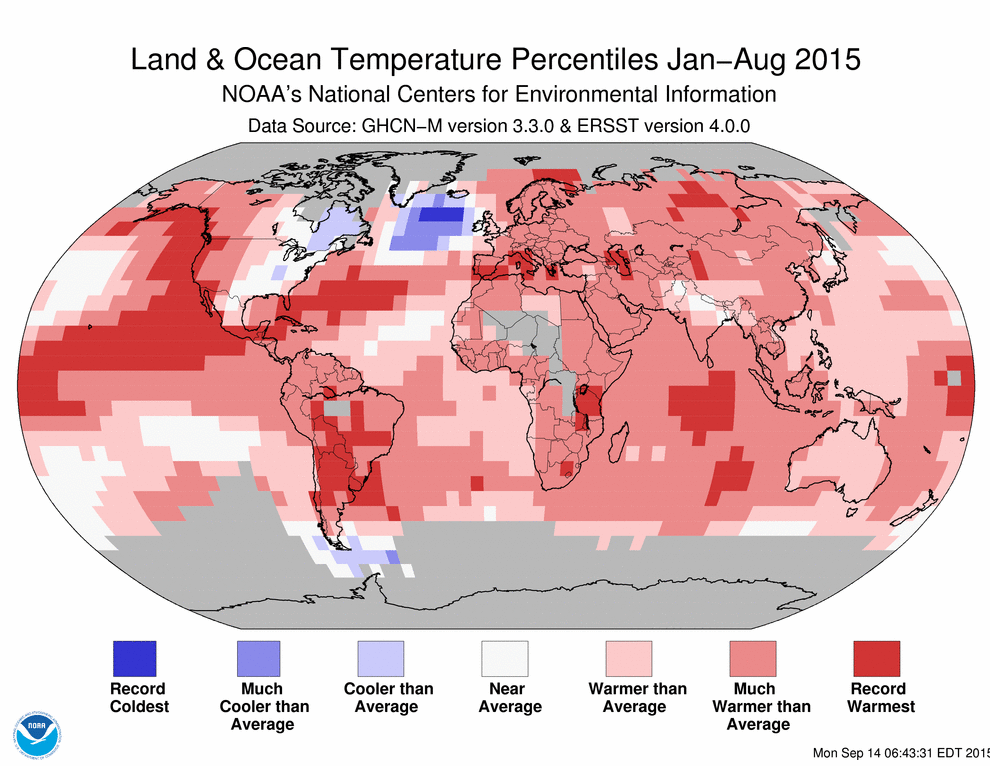submitted by Albert Gomez

On Nov. 10, 2016, scientists on NASA's IceBridge mission photographed an oblique view of a massive rift in the Antarctic Peninsula's Larsen C ice shelf. Icebridge, an airborne survey of polar ice, completed an eighth consecutive Antarctic deployment on Nov. 18.
nasa.gov - December 1, 2016 - Editor: Sarah Loff
Ice shelves are the floating parts of ice streams and glaciers, and they buttress the grounded ice behind them; when ice shelves collapse, the ice behind accelerates toward the ocean, where it then adds to sea level rise. Larsen C neighbors a smaller ice shelf that disintegrated in 2002 after developing a rift similar to the one now growing in Larsen C.
The IceBridge scientists measured the Larsen C fracture to be about 70 miles long, more than 300 feet wide and about a third of a mile deep. The crack completely cuts through the ice shelf but it does not go all the way across it – once it does, it will produce an iceberg roughly the size of the state of Delaware.
(READ COMPLETE ARTICLE)
ALSO SEE RELATED ARTICLES WITHIN THE LINKS BELOW . . .












Recent Comments